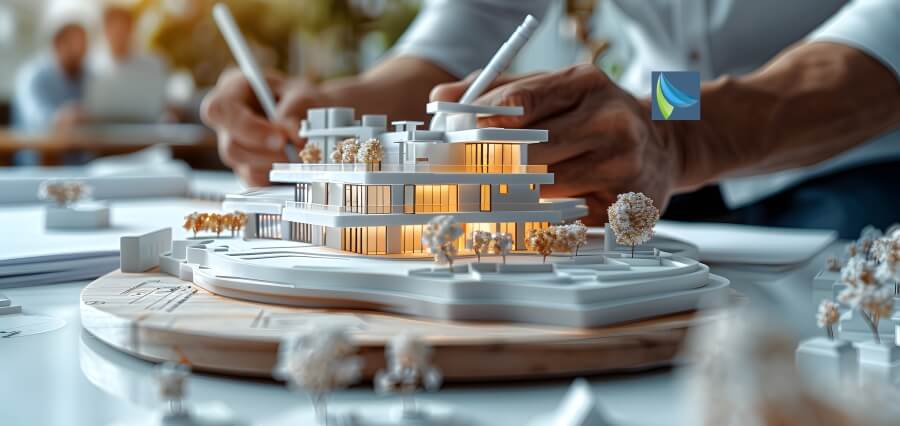Architects of Tomorrow
Since the very beginning of human existence, Architecture has been a guiding factor for building up civilizations. Focusing on the pyramids of ancient Egypt and extending up to today’s commercial towering giants, buildings are society’s physical milestones. Present-day architectural designers are not just designing buildings; they are redesigning the world and the ways people exist in it. These architects, commonly known as the ‘‘architects of tomorrow,’’ use creativity merged with technology and sustainability to alter culture and civilizational structure in ways it has never seen before.
Sustainable Design: Construction for the Future
Modern architects are more conscious of their accomplishments in relation to sustainability than any other aspect of the designs that they create. With the growing threat of global warming and other negative impacts to the environment, architects are playing a crucial role of designing structures that least impact the environment. This new focus towards the green and specific design is not a fashion but a demand for society. Many architects are using green technologies like solar panels, rainwater, and energy-efficient systems among others in their designs. These are not just beautiful structures, but they can also be said to be environmentally sensitive.
Technological Integration and Smart Building
Another approach that architects are using to redefine civilization is through the use of technology in designing buildings. Smart building technology which incorporates the use of sensors, automation as well as Artificial Intelligence to manage energy usage and the comfort of occupants is one of the examples that reflect this direction. These buildings are fitted with sophisticated systems which, for instance, can auto control the lighting and temperature of a particular building hence making them more intelligent and easy to manage.
Another area that architects are also keen on is Building Information Modeling (BIM) which is a tool in designing and construction that proffers highly comprehensive 3D models of buildings. Introducing BIM, architects can design their buildings in the virtual environment, and then experience the problems that may occur during the construction process before they actually start, and those benefits also allow architects to easily coordinate with engineers and contractors. This technology is changing how construction projects are carried out resulting to better designs and minimized costs.
Architectural Spaces with Human-Centered Design
Innovative architects are also directing their attention to enhancing the human experience. They understand that architecture is much more than providing essential and effective forms of living spaces; it is about improving the lives of the people who live in the spaces. This is known as human-centred design – a philosophy that gives emphasis on occupants’ requirements.
Health is one of the significant areas of human needs that have been considered during human-centred design. Specialists are leaving natural light, greenery and open space in their buildings’ designs in an effort to benefit the inhabitants. There is the biophilic design which attempts to bring back people into contact with the natural environment, particularly in urban contexts. To incorporate natural features into the interior spaces, the architects are ensuring that the space we are in is stress-free, productive enhanced and socially related to nature.
This paper is therefore entitled “The Global Impact of Architectural Innovation”.
He insisted that architecture and particularly new forms of architecture make significant contributions to the world beyond houses and cities. Through their creativity, architects are the pioneers of Space exploring and evolving the morphing of architectural designs worldwide thus charting the course for civilization. The work done by Him and his team is revolutionizing the concepts of urban growth and infrastructure development as well as delivery of public transportation. In this way, architects hold a significant role in improving human welfare by redesigning the ways we exist in built surroundings.
In addition, the work these architects are doing is leading to interdisciplinary coordination. In today’s complex world architects are collaborating with engineers, environmental scientists, urban planners and many other specialists and professionals. As a result of this interdisciplinary approach, architecture is resulting in better innovative and sustainable designs that design for people while thinking about the environment as well.
Future Tells Brighter Stories
The leaders of tomorrow are not only constructing edifices they are indeed fashioning the contour of the society of tomorrow. By coming up with those designs and implementing sustainable architecture and design with social responsibility as the goal, they are reshaping the priorities of architecture. These architects are some of the thought leaders who are today designing a brighter and more just tomorrow for the world.


